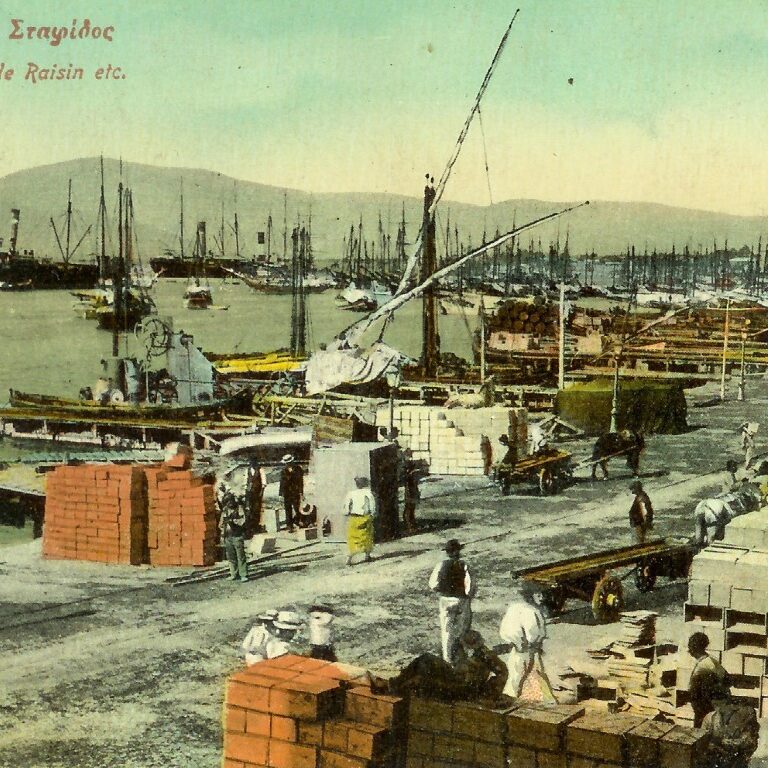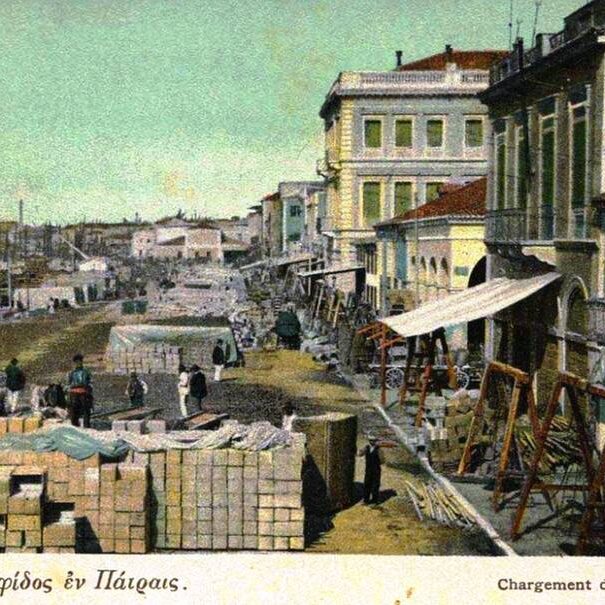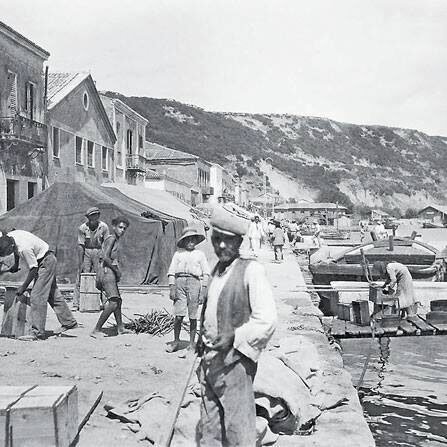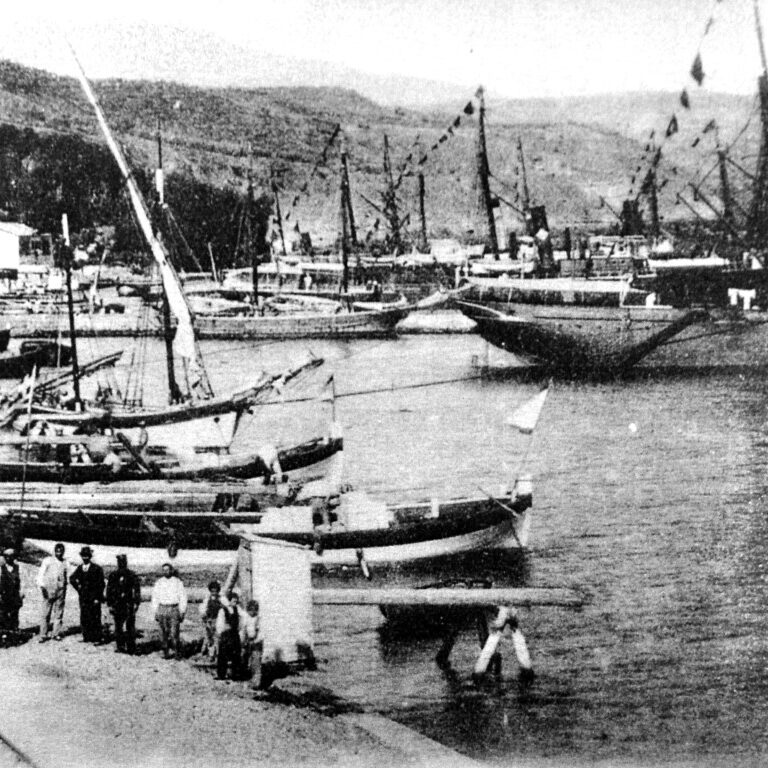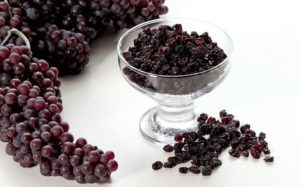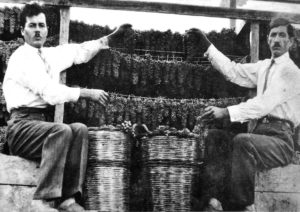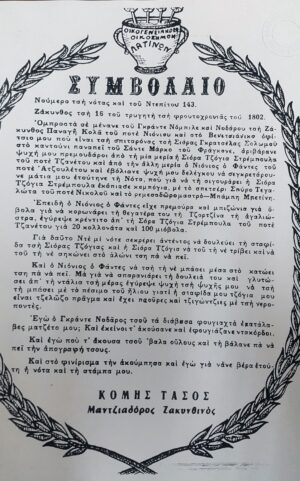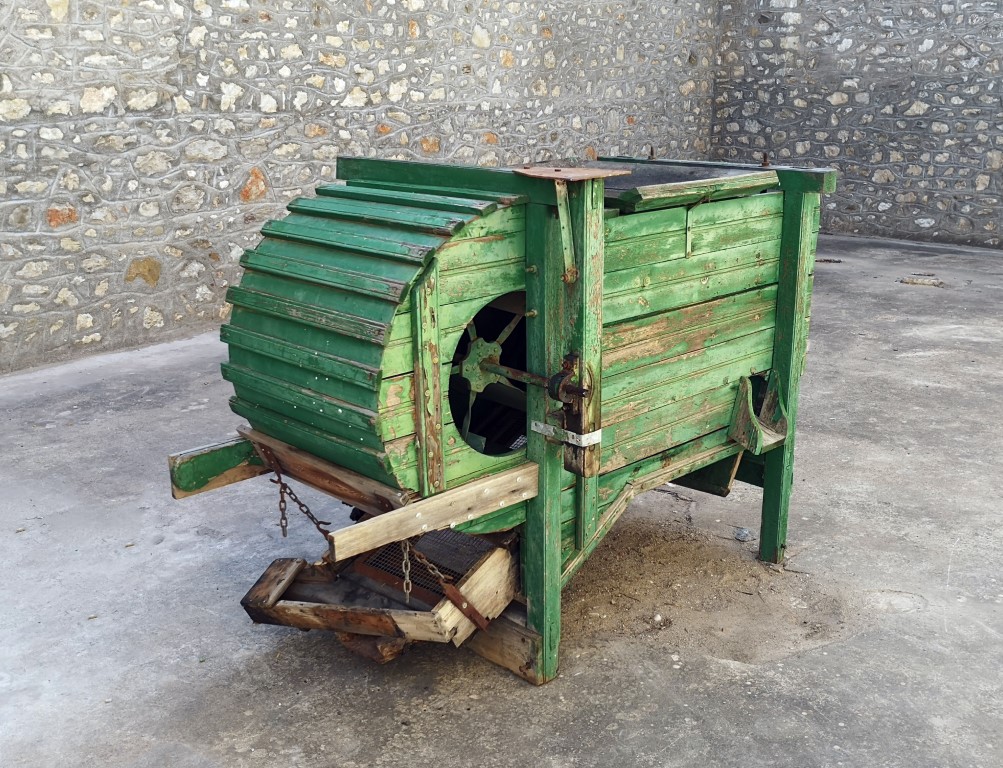Patras, Aigio, Corinth, Kiato, Katakolo, Zakynthos, Lixouri and Kalamata were some of the ports that used to be fiiled up with the Corinthian currant.
The first ships with the new harvest and the best quality of the Corinthian currant, the Primarolia, used to depart with celebrations, headed to the ports and markets of Europe. Liverpool, London, Trieste, Marseille, Amsterdam, Hamburg and Odessa welcomed the so-called “treasure of Greece”, creating a network of sea routes of the Corinthian currant.
When the ships returned they brought “wealth and culture”, financing to a large extend the newly formed post-revolutionary Greek state, its infrastructure, its cities and ports, the prosperity and future of its inhabitants.
Today, in addition to the commercial voyages, the Corinthian currant invites us to explore new routes in research, innovation and exploration of the real “treasure” that hides inside its wrinkled body; the identity design of the region connected to the legend of the Corinthian currant. Aegialia.
Let us follow the network of the Corinthian currant, from the Peloponnese to Europe and the world, from antiquity until today and tomorrow.


